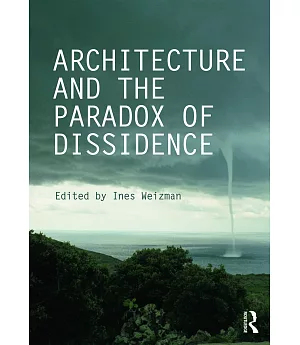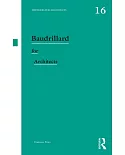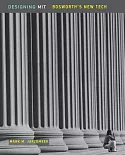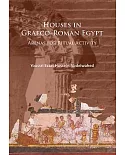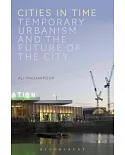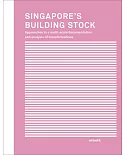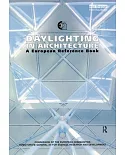"Architecture and the Paradox of Dissidence reflects on the relevance of the concept of dissidence for architectural practice today. Although dissidence has been primarily associated with
architectural practices in the Eastern Bloc at the end of the ColdWar period, contemporary architecture has in recent years developed a host of new methodologies and techniques for articulating
its distance from, and critique of, dominant political and financial structures. This book maps out and expands upon the methodologies of architectural action and reinvigorates the concept of
dissent within the architectural field. It expands the notion of dissidence to other similar practices and strategies of resistance, in a variety of historical and geographical contexts.
Itdiscusses how the gestures and techniques of past struggles, as well as 'dilemmas' of working in politically suppressive regimes, can help to inform those of today. This collection of essays
from expert scholars demonstrates the multiple responses to this subject, the potential and dangers of dissidence, and thus constructs a robust lexicon of concepts that will point to possible
ways forward for politically and theoretically committed architects and practitioners"--

